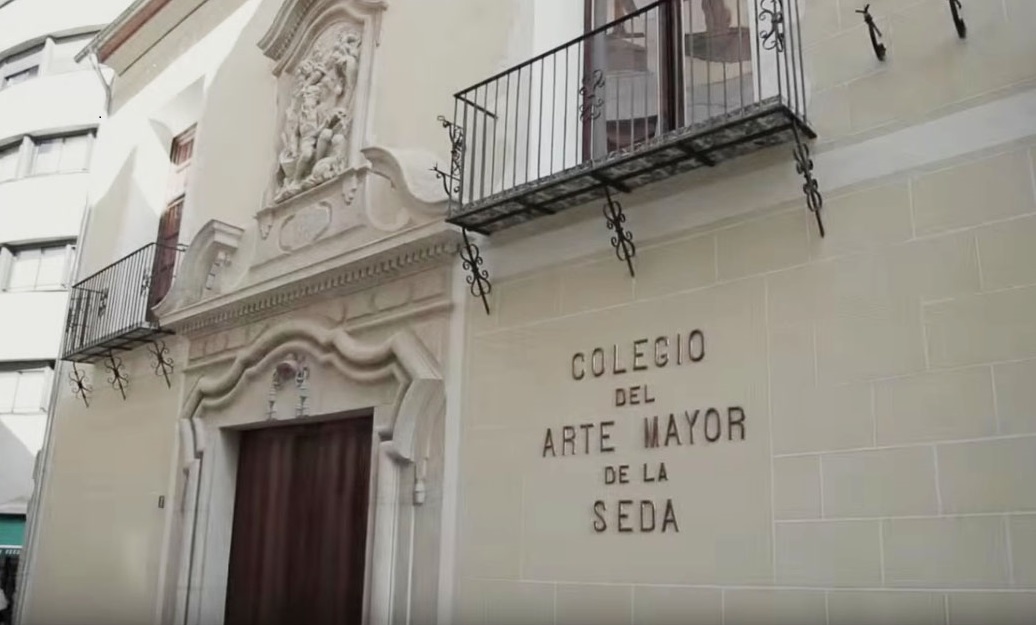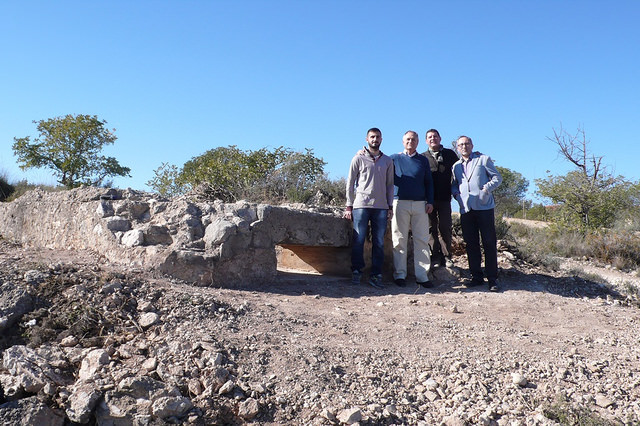
Silk commerce established many years ago a cities network around the world, lumped together as the Silk Road, that remains a source of culture both in Asia, origin of this historical route, and in our continent and country. In fact, the city of Valencia is one of the main stops of the textile road, claiming its importance this year.
21 june 2016
Valencia was appointed as City of Silk 2016 at the end of last year as a recognition of embers of the commercial relationship which is still present in its architecture transforming it into a Silk Road key city. To celebrate this, the city has gathered, during 4 sessions, the representatives from up to 42 countries that have been involved in various cultural events programmed to claim the valencian presence in the silk industry.
Last 8 June, the sessions started launching an exhbition called “El Aire de la Seda” (“Silk Air”) located in Palacio de Colomina, next to Plaza de la Virgen, and formed by traditional fans made of silk, typical products in the use and treatment of Silk in Valencia throughout history.
Over the three days and under the motto “Silk and Peace”, food festivals, musicals, conferences and even religious prays took part in the tribute received by the cultures and countries that were witnesses of the Silk Road.
As could not be otherwise, Valencia was the main protagonist, and had the chance to show the world all the collection of memories preserved from silk golden ages. This fabric had a huge importance in the city, in particular in Velluters district.
The district name originated, precisely, from silk velvet (vellut in valencian) and it has around 5.000 looms from the XVIII century. Velluters guild, created in the XV century, is the seed of what later was called Colegio de Arte Mayor de la Seda de Valencia (Higher Silk Art College), building that grouped together a large part of the silk industry during its years of splendor.
Along those centuries, the so-called Kingdom of Valencia stood out, as points professor Ricardo Franch, being the leading silk producer in the whole Spanish Monarchy. This fact lead Corts Valencianes to qualify silk as “the Kingdom main outcome”.
Centuries later, and on the occasion of Valencia “City of Silk 2016” designation, the recovery of Colegio del Arte Mayor de la Seda (Higher Silk Art College) has been determinated. It was in pending status for years because of lack of funding but now it can be done thanks to the contribution of million of euros made by Fundación Hortensia Herrero, led by Herrero, Juan Roig’s wife.
Other emblematic building from that time, and also one of the best preserved is Palacio de Malferit, in Cavallers street, that hosts the Museo de los Soldaditos de Plomo (Tin Soldier Museum), where special rooms have been enabled for the Silk Road.
Finally, we could not left out the Lonja de la Seda (Silk Exchange), one of most important historic monuments in Valencia, that was declared World Heritage Site in 1996. It is another masterpiece from valencia golden ages and where was celebrated the closing ceremony of these silk sessions, with “Tornejants ” performance.








